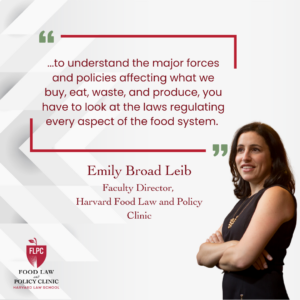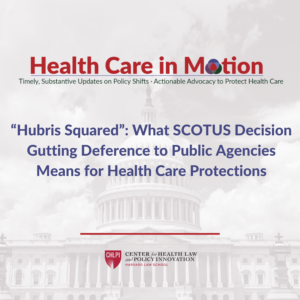
This blog post was written by Nate Szyman, a Student in 2016 Fall Semester of Harvard Law School’s Public Health Law and Policy Seminar

Recently I spent the day at the hospital with my wife, Emily, as she donated bone marrow to an anonymous recipient. It was an amazing experience—considering the life-altering impact of Emily’s courage and generosity continues to inspire me. As we drove home that day, I felt grateful for the talented and dedicated healthcare professionals that made the procedure possible, and I was encouraged by the fact that they do this hard work every day.
But walking with Emily through her donation process also left me feeling concerned that the high stakes of healthcare make it hard for advocates to address its systemic inefficiencies. As I describe below, Emily’s donation process involved numerous inconvenient appointments, concerning payment structures, conflicting information, and even sparring healthcare professionals (not to mention the surgery itself!). But because a sick person needed Emily’s healthy bone marrow, it was hard for us to advocate for our preferences and concerns about the process.
Scheduling Emily’s procedure and pre-surgical appointments was inconvenient and stressful for our family. The nearest harvesting facility was unavailable when she began the process, so she had to drive over 45 miles from our home to a surgical center. Emily traveled to the provider’s facility at least once during each of the four weeks leading up to her harvesting procedure, creating multiple scheduling headaches for our family as we rearranged our lives so that I could watch our two daughters. And it was hard to understand the necessity of these trips—they were primarily to draw blood, etc. for lab work, and the tests were often duplicative.
The payment structure added mistrust and frustration to our experience, and over time I grew concerned that Emily’s preferences and concerns were not being prioritized. I could not understand why Emily needed to travel to the provider’s facility rather than have the tests done at a local lab. Given the unique circumstances of donation harvesting, I was nervous that the provider might take advantage of the fact that Emily did not pay for any services (which would ultimately be covered by the recipient’s insurance) to bill for unnecessary testing. But information asymmetries and the recipient’s dependence on Emily made it hard to push back on any of these very inconvenient procedures.
Further, some information provided by the registry and the provider conflicted, which made the process more confusing than necessary. For example, they shared different understandings of what the normal anesthetic approach was (the provider suggested a more expensive option) and of what normal post-operating procedures look like. And Emily’s doctor was reticent to prescribe pain medication for her post-op recovery even though the registry materials said that taking these pills was part of a normal recovery process. Emily had to ask for the script multiple times.
After the long drive home, I helped Emily into our apartment and then ran to three pharmacies trying to fill Emily’s prescription. It turned out that the doctor had given her an unusual dosage. The third pharmacist told me that no one would have these pills and that I would need a new prescription. I called the on-call doctor at the provider’s facility, and he told me that he could not e-file for pain medication, despite the pharmacist’s assurances that he could. In fact, the pharmacist said she could not fill an emergency prescription, which the doctor proposed we do to solve the problem, because she knew that e-filing for pain medication was possible and that emergency prescriptions are only permissible when there is no other way for the patient to receive the drugs.
The situation was tense, and I realized that I would have to put my frustration and anxiety aside in order to mediate between these two healthcare professionals, who seemed more interested in calling the other rude/incompetent than in helping Emily. One hour and three phone calls later, they finally agreed to provide Emily an emergency prescription that would last one day. Apparently the doctor was unable to e-file pain medication prescriptions due to his office’s technical limitations, though the pharmacist was right that it was legal for her to receive them. I had to return the following day to pick up another prescription adequate for the rest of Emily’s recovery.
Fortunately, Emily recovered well, and we soon heard that the recipient’s transplant procedure was successful. Emily and I were thrilled and again amazed at this incredible experience. As I mentioned at the start, helping Emily donate bone marrow encouraged me that the healthcare system is filled with good people doing good work. Here everyone worked together to save a life.
Still, I’m unsettled by the experience. For I know that Emily would chose to donate in a heartbeat despite the unjustifiable inconveniences of the process. I would do the same. It was totally worth it. By jumping through these hoops, Emily helped someone live. How can we weigh personal inconveniences imposed by healthcare processes, no matter how significant, when we face life-and-death circumstances?
This problem weighs on me—health care matters so much that we will put up with nearly anything, and if we will put up with nearly anything, then it will be hard for us to make changes for the better.


Health Law & Policy, Commentary
Braidwood Management v. Becerra: Updated FAQs for Health Advocates and Providers
July 22, 2024